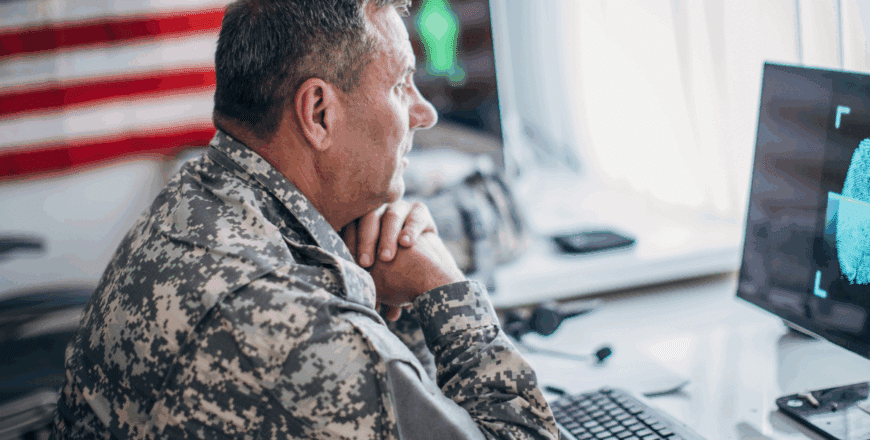Account
Terms of USe
DSST Prep
a MakingEducationPossible Company
10900 Research Blvd Ste 160C PMB 1356 Austin, TX 78759
support@dsstprepcourses.com
Phone: (800) 421-0544

Organizational behavior is the structured study of how people–individually or in groups–act within business organizations. With the thoughtful application of this understanding, companies can build organizational structures to help people act and perform more effectively. As an applied science, information gained about effective practices in one organization can be applied to others.
This DSST exam was developed to enable schools to award credit to students for knowledge equivalent to that learned by students taking a course in Organizational Behavior. This exam covers topics such as such as scientific approaches; research designs; data collection methods; individual processes and characteristics; interpersonal and group processes; organizational processes; change and development processes.
The following is an outline of the content areas covered in the examination. The approximate percentage of the examination devoted to each content area is also noted.
I. Organizational Behavior Overview – 10%
II. Individual Processes and Characteristics – 30%
III. Interpersonal and Group Processes – 30%
IV. Organizational Processes and Characteristics – 15%
V. Change and Development Processes – 15%
All test questions are in a multiple-choice format, with one correct answer and three incorrect options. The following are samples of the types of questions that may appear on the exam.
1. An employee who bases his or her job-evaluation rating on an unfair rating form may be:
2. Which of the following accurately lists needs in Maslow’s hierarchy?
3. Operant conditioning is primarily concerned with:
4. Which of the following is one reason why Herzberg’s two-factor theory is viewed as controversial?
5. Standing close to another individual to communicate a sense of power is an example of:
6. From the organization’s perspective, which of the following is an example of a positive norm?
7. Which of the following statements best describes the path-goal theory of leadership?
8. George Bacon is considered one of the leading surgeons in the field of artificial heart transplants. Even though he is not associated with Western Memorial Hospital, he exerts much influence over many of the surgeons there. Such influence is best termed:
9. Which of the following is a major feature of a matrix organization?
10. Which of the following statements is NOT true about organizational development (OD)?
Answers to sample questions: